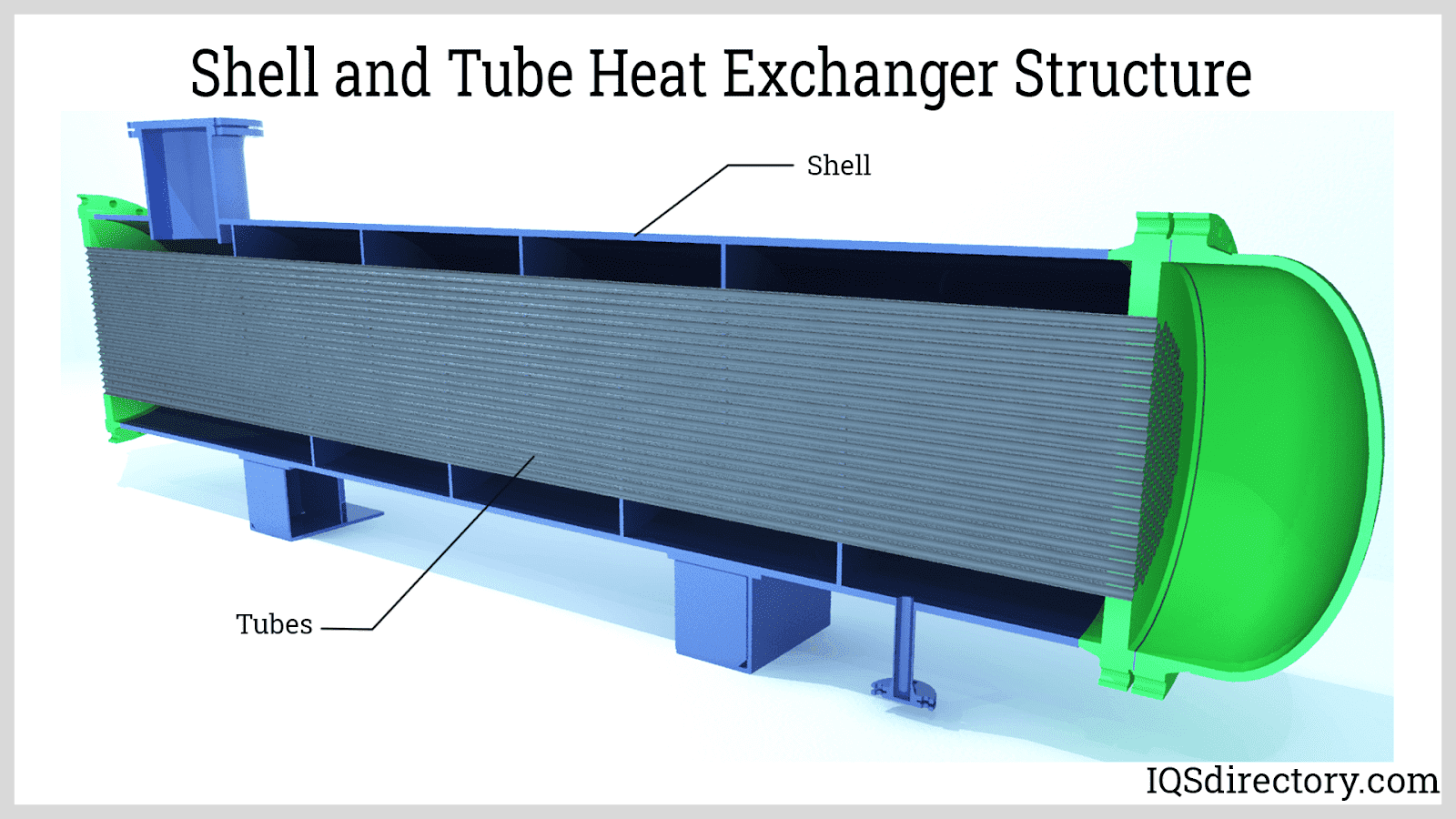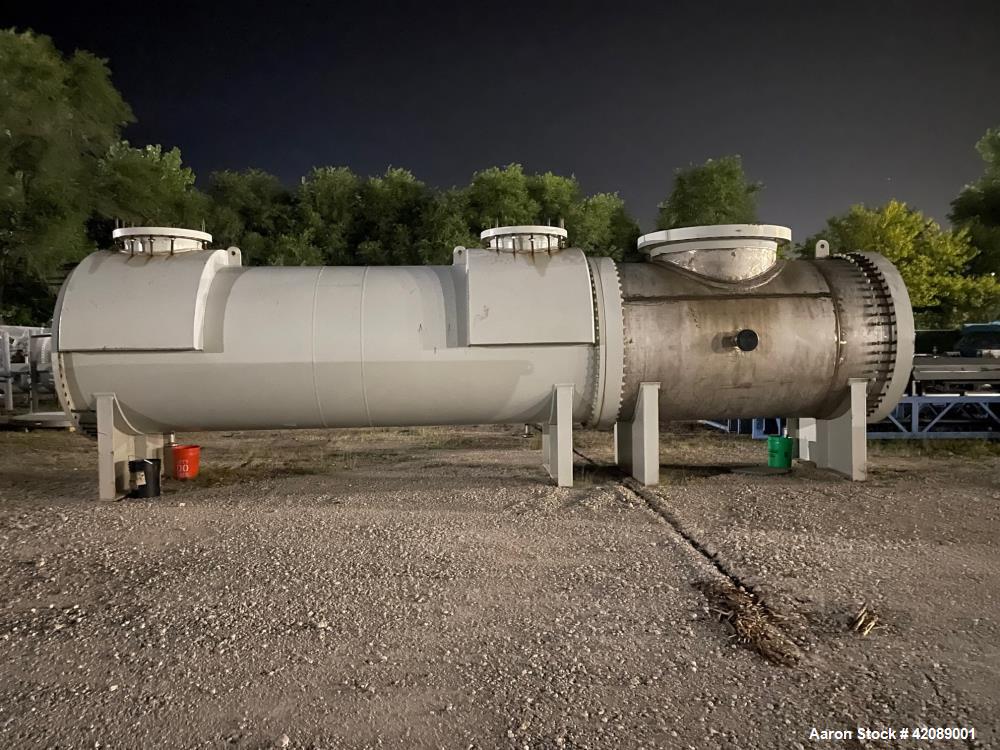A Comprehensive Guide to Selecting the Right Heat Transfer Equipments for Your Demands
Picking the proper Heat transfer system is vital for functional efficiency. Different systems cater to different requirements, influenced by factors such as temperature range and liquid kind. Recognizing the concepts behind Heat transfer, such as radiation, conduction, and convection, is important. Furthermore, reviewing power resources and maintenance techniques can influence lasting efficiency. A closer examination of these factors to consider discloses how to customize a system to particular needs. What should one prioritize in this facility decision-making procedure?
Recognizing Heat Transfer: Trick Concepts and Concepts
Although Heat transfer may feel like a straightforward principle, it encompasses a variety of concepts that are fundamental for reliable system style. Understanding these concepts is essential for designers and designers who aim to optimize thermal performance in various applications. Conduction, for example, entails the transfer of Heat with strong materials, while convection describes the movement of Heat within fluids. Radiation, an additional essential principle, explains exactly how Heat can be moved via electromagnetic waves. Each of these systems plays a crucial role in establishing how power moves within a system. By thoroughly understanding these ideas, professionals can make educated decisions, guaranteeing that Heat transfer systems operate effectively and fulfill the particular demands of their applications
Types of Heat Transfer Equipments: A Review
Comprehending the principles of Heat transfer prepares for exploring the various kinds of Heat transfer systems available. Heat transfer systems can be categorized mostly right into 3 kinds: conduction, convection, and radiation. Conduction includes Heat transfer with solid products, counting on direct get in touch with in between particles. Convection, on the other hand, occurs in liquids (fluids and gases) where the motion of the liquid itself facilitates Heat transfer. Radiation involves the transfer of Heat through electromagnetic waves and does not need a medium, enabling it to occur in a vacuum. Each kind of system has unique attributes and applications, making it necessary for individuals and companies to very carefully analyze their particular demands when choosing the most suitable Heat transfer service.
Applications of Heat Transfer Solutions in Various Industries
Heat transfer systems play an essential role throughout various industries, influencing effectiveness and product high quality. In commercial manufacturing procedures, they facilitate exact temperature level control, while in food and drink handling, they assure safety and conservation. Additionally, heating and cooling and climate control systems rely greatly on efficient Heat transfer to maintain comfortable environments.
Industrial Production Processes

Various commercial production processes rely heavily on effective Heat transfer systems to make best use of efficiency and boost product quality. In markets such as metalworking, Heat exchangers play an essential duty in keeping ideal temperature levels during welding, spreading, and creating. These systems guarantee uniform Heat distribution, which is crucial for achieving preferred product residential properties. In the chemical manufacturing sector, Heat transfer systems facilitate accurate temperature level control during responses, impacting yield and safety and security. Furthermore, in textile manufacturing, effective Heat administration is very important for coloring and completing processes, influencing shade consistency and fabric high quality. By choosing suitable Heat transfer technologies, producers can improve power performance and minimize functional expenses, ultimately leading to a more competitive and lasting manufacturing environment.
Food and Drink Processing
Reliable Heat transfer systems are equally vital in the food and drink handling sector, where keeping perfect temperatures is vital for food safety and top quality. These systems play an essential duty in procedures such as pasteurization, food preparation, and sanitation, making sure that products are risk-free for usage and maintain their dietary value. Heat exchangers, for example, efficiently move Heat between fluids, enhancing energy use while minimizing temperature level changes. In addition, refrigeration systems are essential for prolonging and maintaining perishable products service life. The selection of Heat transfer modern technology directly affects functional efficiency and product integrity, making it vital for food and drink suppliers to pick the ideal systems customized to their details processing requirements. This mindful option ultimately adds to customer complete satisfaction and food safety.

A/c and Environment Control
While several sectors rely on Heat transfer systems for efficiency, HEATING AND COOLING (Heating, Air Flow, and Air Conditioning) plays an essential role in preserving indoor environment control throughout numerous settings. These systems use Heat transfer principles to regulate temperature level, air, and humidity top quality, making certain comfort and safety in household, industrial, and industrial environments. Properly made HVAC systems boost power performance, minimize functional expenses, and lessen ecological effect. In industrial buildings, for circumstances, efficient environment control contributes to staff member productivity and client fulfillment. In commercial applications, HVAC systems assist keep optimal conditions for devices operation and product conservation. Picking the appropriate Heat transfer system is crucial for conference details environment control needs and accomplishing general system efficiency.
Reviewing Power Resources for Heat Transfer Systems
In evaluating power sources for Heat transfer systems, a comparison of eco-friendly energy choices and fossil gas considerations is necessary. Sustainable resources, such as solar and wind, offer sustainable alternatives that can decrease environmental influence. Conversely, nonrenewable fuel sources remain widespread due to their well-known facilities and energy thickness, triggering a cautious evaluation of both options.
Renewable Resource Options

Fossil Fuel Factors To Consider
Reviewing fossil gas factors to consider is vital for the efficiency and sustainability of Heat transfer systems. Fossil gas, such as gas, oil, and coal, are conventional power sources that offer substantial Heat output, making them prominent choices for commercial and residential applications. Nevertheless, their environmental effect, including greenhouse gas emissions and source exhaustion, increases concerns. When picking a heat transfer this content system, it is essential to assess the availability, price, and regulatory aspects connected with these fuels. Additionally, the effectiveness of fossil fuel systems must be thought about, as greater efficiency can reduce some ecological drawbacks. Ultimately, visit this website a well balanced strategy considering performance and sustainability can lead decision-makers toward the most suitable Heat transfer solution for their certain demands.
Variables to Consider When Choosing a Warm Transfer System
Choosing a proper Heat transfer system calls for careful factor to consider of various elements that can substantially impact effectiveness and efficiency. One crucial variable is the operating temperature level array, which determines the products and layout suitable for the application. Additionally, the kind of fluid utilized in the system-- whether gas or fluid-- affects Heat transfer effectiveness and compatibility. The system's dimension and capacity have to line up with the details demands of the procedure to stay clear of inefficiencies. Power resource schedule is likewise important, influencing operating expense and sustainability. The setup environment, including space constraints and access for upkeep, plays a substantial role in system choice. Finally, governing conformity and security criteria have to be taken into consideration to guarantee the system satisfies all legal demands.
Upkeep and Performance Optimization for Heat Transfer Equipments
Keeping Heat transfer systems is necessary for making certain optimal effectiveness and durability. Normal upkeep activities, such as cleaning up Heat exchangers and examining insulation, assistance prevent effectiveness losses due to fouling and thermal linking. Additionally, keeping track of system criteria, including pressure and temperature, enables early discovery of anomalies, lessening downtime and pricey repairs. Executing a precautionary upkeep timetable can enhance efficiency and extend the life expectancy of parts. Updating to sophisticated control systems can enhance functional effectiveness by changing to varying conditions and loads. By prioritizing upkeep and efficiency optimization, drivers can attain lowered power intake, lower functional expenses, and enhanced general system dependability, eventually causing much better source utilization and an extra lasting operation.
Future Fads in Heat Transfer Technologies
As sectors progressively prioritize sustainability and energy effectiveness, future fads in Heat transfer innovations are readied to undertake substantial changes. Advancements such as sophisticated materials, consisting of carbon nanotubes and nanofluids, promise enhanced thermal conductivity and efficiency. Furthermore, the combination of sustainable energy sources right into Heat transfer systems is getting momentum, promoting environment-friendly services. Smart innovations, including IoT sensors, are expected to change monitoring and control, allowing real-time data analysis for maximized performance. The development of portable and modular systems will certainly facilitate easier installment and maintenance, providing to diverse applications. These innovations indicate a change towards even more lasting, effective, and adaptable Heat transfer remedies, lining up with worldwide energy goals and environmental requirements.
Often Asked Concerns
What Are the Environmental Impacts of Heat Transfer Systems?
The environmental impacts of Heat transfer systems can consist of greenhouse gas exhausts, power usage, and prospective thermal pollution. In addition, inappropriate disposal of products and ineffectiveness can add to source deficiency and ecological community disruption.
Exactly how Do I Compute the Cost-Effectiveness of a Heat Transfer System?
To determine the cost-effectiveness of a warmth transfer system, one need to assess initial expenses, operational expenses, maintenance demands, and energy effectiveness, comparing these aspects versus the expected life-span and efficiency of the system.
Can Heat Transfer Systems Be Used in Residential Setups?
Heat transfer systems can without a doubt be used in household settings. They offer effective home heating and cooling down options, making homes extra comfortable while potentially reducing power prices. Their convenience allows for different applications in household environments.
What Safety Regulations Apply to Heat Transfer Equipments?
Safety and security policies for Heat transfer systems generally consist of standards on maintenance, installation, and procedure. Compliance with regional structure codes, supplier requirements, and market criteria is vital to ensure efficient and safe system efficiency in various applications.
Just How Do Various Materials Affect Heat Transfer Effectiveness?

Conduction, for instance, entails the transfer of Heat with solid products, while convection refers to the motion of Heat within liquids. Recognizing the principles of Heat transfer lays the foundation for exploring the various kinds of Heat from this source transfer systems readily available. Heat exchangers, for instance, efficiently transfer Heat in between fluids, maximizing power usage while minimizing temperature fluctuations. In evaluating power resources for Heat transfer systems, a comparison of sustainable power alternatives and fossil gas considerations is crucial. Steels, such as copper and light weight aluminum, conduct Heat efficiently, whereas insulators like rubber and glass slow down Heat circulation.